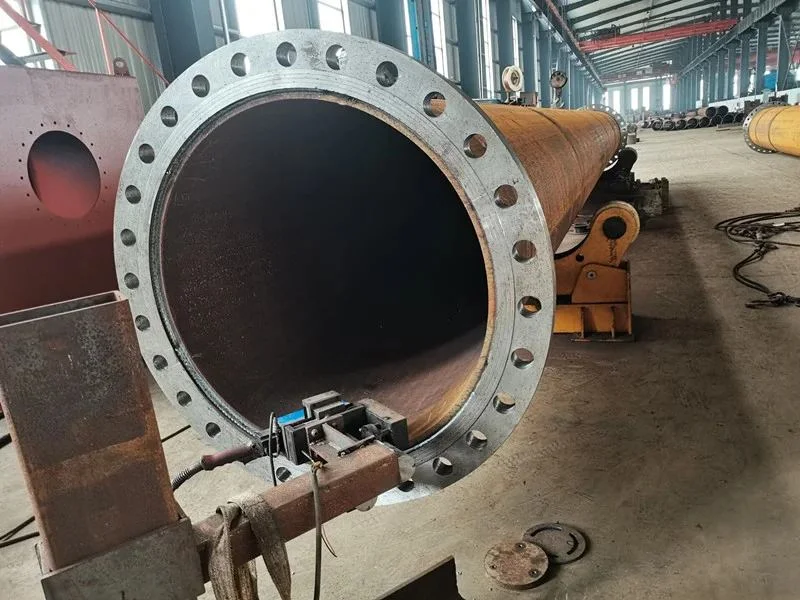Pipe welding knowledge
Pipeline welding is a very important technology, which is widely used in many industries, such as oil, gas, chemical industry, construction, and so on. Pipe welding requires a high degree of skill and experience as it involves many factors such as material, welding method, environment, etc. In this article, we'll discuss some tips for pipe welding.

1. Preparations before welding
Before pipe welding, some preparatory work must be done. First of all, it must be ensured that the surface of the pipe is clean and free of grease, dirt, and other impurities. Secondly, it is necessary to check whether the size and shape of the pipe meet the requirements. Finally, an appropriate welding method and welding material must be selected.
2. Selection of welding materials
When welding pipes, appropriate welding materials must be selected. Commonly used welding materials include welding wire, welding rod, and flux. Welding wire and welding rods are the most commonly used welding materials, and they can be selected in different types and specifications according to different welding requirements. Flux is a chemical used to clean and protect the soldering area, which helps the solder materials bond better.
3. Selection of welding method
When welding pipes, an appropriate welding method must be selected. Commonly used welding methods include manual arc welding, gas-shielded welding, plasma arc welding, laser welding, etc. Each welding method has its advantages and disadvantages, and the appropriate method must be selected according to the specific welding requirements.
4. Soldering skills
When welding pipes, some welding skills must be mastered. First, the welding area must be kept dry and clean. Secondly, the welding current and voltage must be controlled to ensure welding quality. Finally, the welding speed and welding angle must be controlled to ensure the uniformity and consistency of the welding.
5. Inspection of welding quality
After pipe welding, a quality inspection must be carried out. Commonly used quality inspection methods include X-ray inspection, ultrasonic inspection, magnetic particle inspection, etc. These inspection methods can detect defects and cracks in the welding area to ensure welding quality.
6. Security measures
When performing pipe welding, certain safety measures must be taken. First, proper protective gear such as gloves, goggles, protective clothing, etc. must be worn. Second, it is imperative to ensure that the welding area is well-ventilated to avoid the accumulation of harmful gases. Finally, the welding area must be secured to avoid accidents such as fires and explosions.
In conclusion, pipe welding is a very important technique that requires a high degree of skill and experience. When welding pipelines, adequate preparations must be made, appropriate welding materials and welding methods must be selected, some welding skills must be mastered, quality inspections must be carried out, and safety measures must be taken. Only in this way can the quality and safety of pipeline welding be ensured.
Methods to eliminate welding residual stress
Easy to ignore problems in steel pipe welding
Common defects and prevention of high frequency welded pipe
The welding process of welded steel pipe
How to avoid common welding defects
Causes and preventive measures of local deformation in welding
How to control the hardness of the weld during welding?
What are the factors that affect the quality of high-frequency welded pipe?






